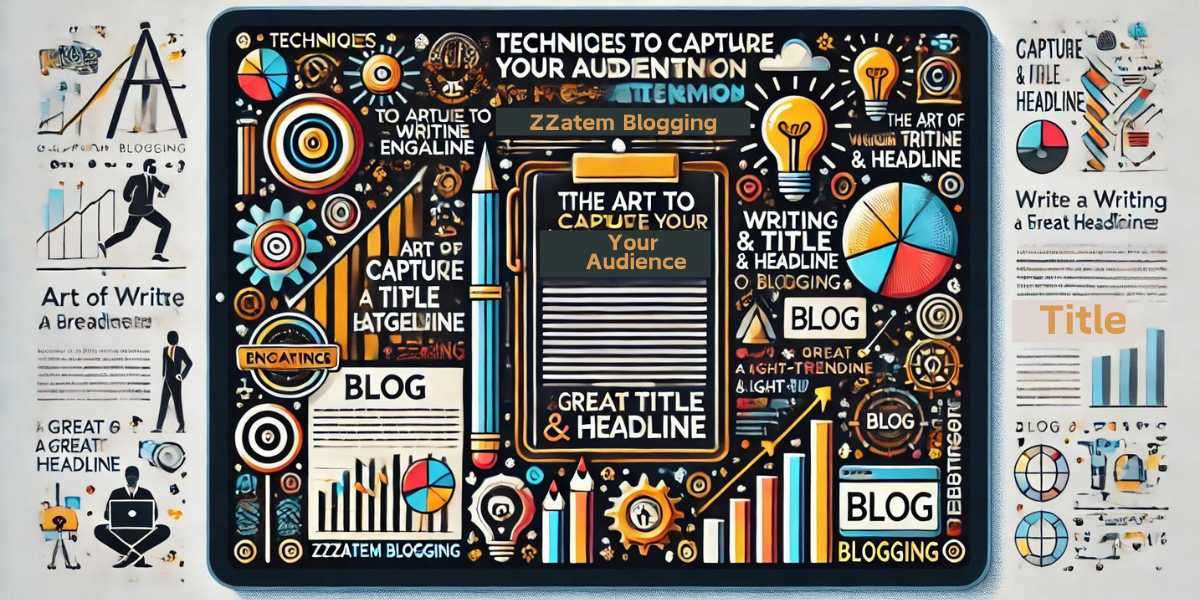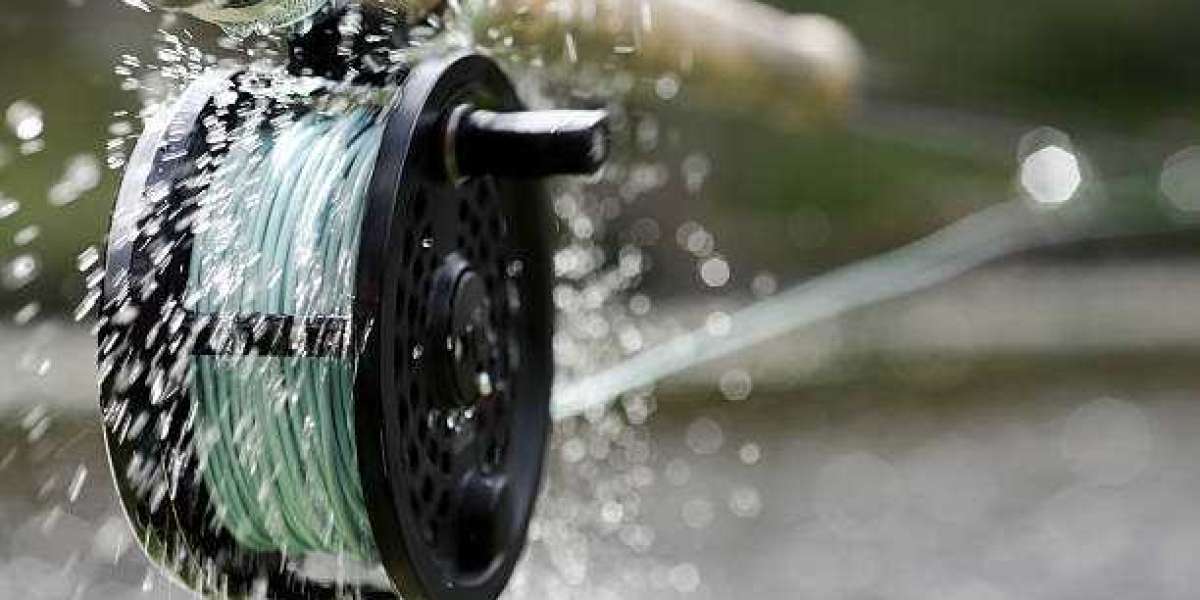The Power of a Great Headline Title
Your title is often the first—and sometimes the only—chance you have to capture your audience’s attention. With so much content wanting your attention online, a great headline is essential to stand out from the crowd. It’s not just about getting clicks; it’s about setting the tone for your content and ensuring that your message reaches the right audience.
Why A Great Title Matters
Your headline serves as a gateway to your content. It’s the first impression that potential readers get, and it plays a crucial role in whether they decide to click through and read more. Studies have shown that while 80% of people will read a headline, only 20% will go on to read the actual content. This statistic underscores the importance of making every word in your headline count.
A great title does more than just grab attention—it sets expectations. It should convey the value of the content and entice the reader by promising a solution, insight, or valuable information. Without a great title, even the most well-written article can go unnoticed.
1. Use Numbers to Attract Attention
One of the most effective techniques in headline writing is the use of numbers. Headlines with numbers are often more clickable because they promise specific, quantifiable information. For example, "10 Proven Ways to Boost Your SEO Rankings" is likely to attract more clicks than "Ways to Boost Your SEO Rankings." Numbers provide clarity and structure, making it easier for readers to understand what they can expect from the content.
Additionally, numbers create a sense of immediacy and make the content feel more digestible. Odd numbers, in particular, have been found to generate higher engagement rates. So, the next time you’re creating a title, consider incorporating a number to boost its appeal.
2. Pose a Provocative Question
Questions are inherently engaging because they spark curiosity. A title that poses a question invites the reader to find the answer within the content, making it an effective way to drive clicks. For instance, "Are You Making These Common SEO Mistakes?" is a headline that piques interest and encourages readers to learn more.
When using questions in your titles, it’s important to ensure that the question is relevant and that the content delivers on the promise. The question should address a pain point or a common concern that your audience is likely to have, positioning your content as the solution.
3. Incorporate Power Words for Emotional Impact
Power words are persuasive words that trigger an emotional response in readers. These words can make your headlines more compelling by appealing to emotions such as curiosity, fear, excitement, or urgency. Examples of power words include "essential," "proven," "ultimate," "exclusive," and "instant."
For example, a title like "The Ultimate Guide to Writing Headlines That Convert" uses the power word "ultimate" to convey that the content is comprehensive and valuable. Power words can make your headlines more persuasive and increase the likelihood of readers clicking through.
4. Keep It Clear and Concise
While creativity is important in title writing, clarity should never be sacrificed. A title should be easy to understand at a glance. If your title is too vague or convoluted, readers may not bother to click. Aim for a balance between being intriguing and being clear about the content’s value.
One way to achieve this is by using simple, straightforward language. Avoid jargon or overly complex phrasing that might confuse readers. Instead, focus on delivering a clear message that conveys the benefit of reading your content.
5. Leverage the Curiosity Gap
The curiosity gap refers to the difference between what people know and what they want to know. By creating a title that hints at valuable information without giving everything away, you can entice readers to click to satisfy their curiosity.
For example, "You Won’t Believe What Happens When You Optimize Your Headlines" creates a sense of intrigue by promising surprising results. However, it’s important to strike the right balance—while curiosity can be a powerful motivator, avoid clickbait tactics that overpromise and underdeliver.
6. Make It Relevant to Your Audience
Your title should speak directly to your target audience. Understanding who your readers are and what they care about is key to crafting a headline that resonates with them. Use language and references that are familiar to your audience and address their specific needs or interests.
Personalization can also play a role here. For instance, a headline like "How Freelancers Can Maximize Their Income in 2024" speaks directly to a specific group, making it more likely to capture their attention.
Creating Titles That Convert
Writing great titles is both an art and a science. By applying the techniques outlined in this post—using numbers, posing questions, incorporating power words, maintaining clarity, leveraging the curiosity gap, making your headlines relevant, and testing your headlines—you can create headlines that not only grab attention but also drive meaningful engagement.
Remember, your title is the first step in capturing your audience’s interest. Make it count by delivering on its promise and providing valuable content that keeps readers coming back for more.
Comment below or message us at ZZHello and one of our ZZatem Blogging experts will be with you soon!








